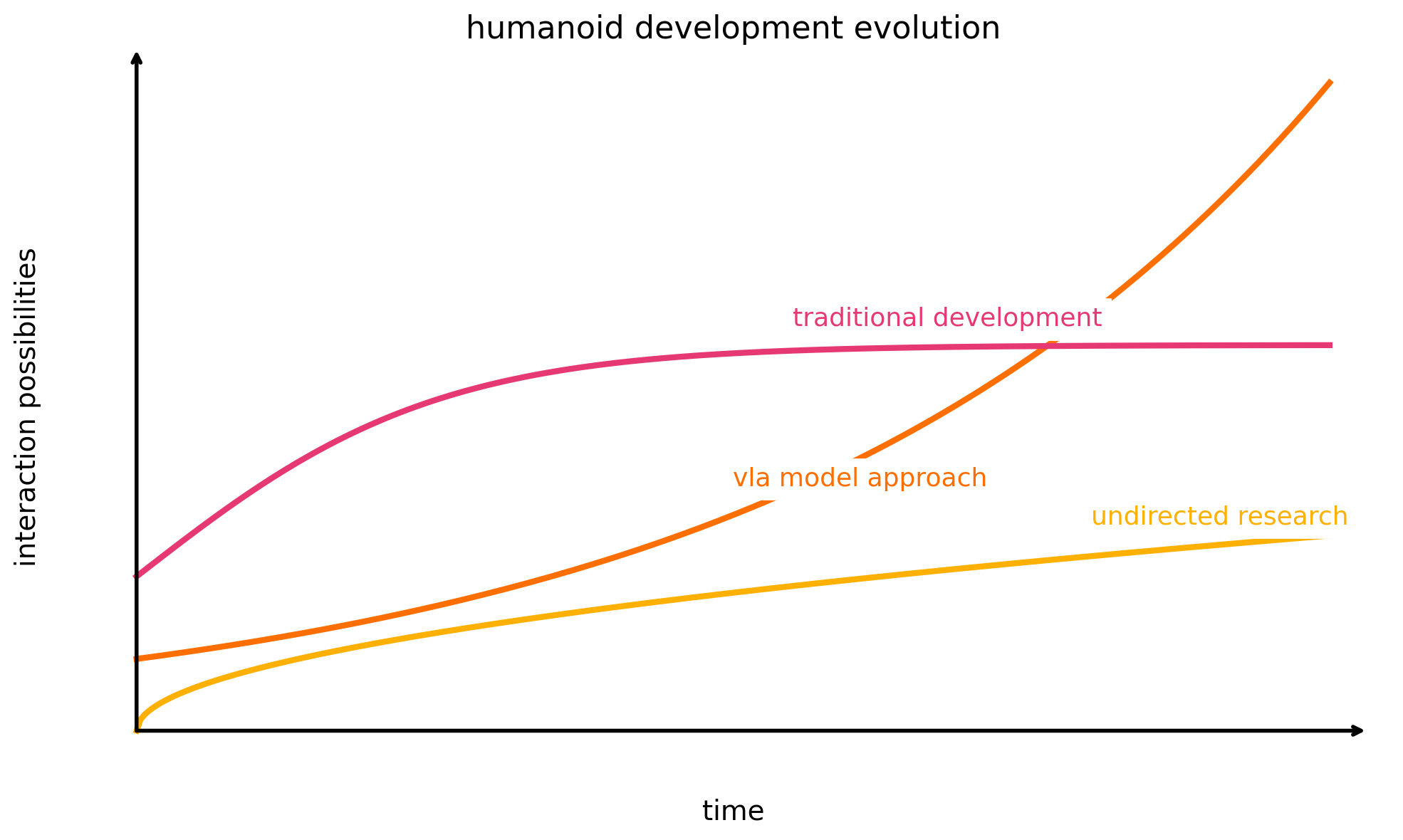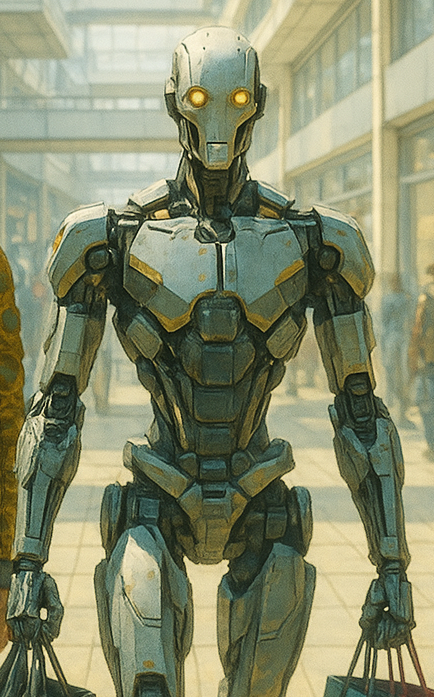👋 welcome to Just Another Robot Manufacturer - JARM
we create humanoid robots to advance you 🤖
we create humanoid robots to advance you 🤖
👉 select your background for a tailored path
Build
for technical talent e.g. AI dev, robotics engineering, etc.
Invest
for angel investors, pre seed boost capital financiers and strategic backers
Scale
for business leaders, enterprise clients, and operational partners
the humanoid we create 📝

the human like appearance enables most use cases originally created for humans
speech and general gesture analysis enable interactions that feel seamless and natural
current target stats:
77 kg
187 cm
up to 8 hr
up to 30 kg
up to 2 m/s
electric
weight
height
runtime
payload
walking speed
system
20 body control joints
3 head control joints
3 head control joints
the current gen NVIDIA Jetson AGX Orin enables up to 275 TOPS of AI compute at 15W/60W, which is plenty and our design could house multiple
this form allows the robot to interact with most of the physical world since most spaces are created for humans
extensive integration capabilities are planned, including apis for software integrations and mounting points for 3rd party addons
our distinguishing strategy 👨🚀
cutting edge AI approach:
we use a vision-language-action (vla) model based software architecture
enabling advanced reasoning similar to LLMs like chatgpt
disruptive platform scaling:
we build a humanoid robot platform for countless settings
focus on scaling meets the imminent demand of coming years
our AI approach is fundamentally different 👀
we combine the human form-factor with advanced AI to evolve from single task robots to general purpose robots
our use of video-language-action (VLA) models enables robots to perceive, reason, and adapt more efficiently - resulting in faster development and more capable machines
our AI-first approach delivers adaptability, real-time error correction, and human-like reasoning for deployment in real-world environments

by utilising advanced AI architecture (vla model) and cutting edge AI assistance we expect to shorten the time to prototype and market
using a video-language-action model based architecture allows for seamless end-to-end perception, reasoning and execution
you can expect a basic level of knowledge and reasoning capabilities, as the video-language-action models are comparable to LLMs like chatgpt
the opportunity of a humanoid platform 🦾
our humanoid robot platform acts as a general-purpose foundation that companies can easily customize (and sell) for their unique environments, use cases and specific tasks - saving them time and resources as they adapt the robots for their needs
continuous updates let our platform evolve, so every customer benefits as new capabilities are developed
as demand for flexible robots grows (manufacturing, healthcare, inspection, etc), our platform makes it easy to deploy and update robots for new challenges

software and hardware interfaces are planned to enable a diverse set of usecases - stay tuned
robots that can be instantly deployed for a variety of tasks are increasingly needed across industries
when it comes to manufacturing, the upfront dev costs are negligible and the focus lies only on quality and cost per unit
why not focus on a specific use case 🚀
to enable each single specific use case a huge tech push is needed!
here are the three steps to enter the market:
hardware
(baselayer)
(baselayer)
complete humanoid robot consisting of actuators,
sensors, batteries, compute and structural components
sensors, batteries, compute and structural components
operating
system
system
software to perceive the environment,
control the robot and make basic decisions
control the robot and make basic decisions
extension
(usecase)
(usecase)
customization to a specific use case, additional
hardware or software addons
hardware or software addons
-> focus on hardware & operating system
a startup that directly focuses on a specific niche use case has to go through all three steps, shortcuts affect the quality
we aim at a more risk averse approach, focusing on base hardware and OS to offer the best platform with more basic features
this strategy allows us to stay adaptive and scale better by enabling both niche startups and established companies to use humanoids
why european 🇪🇺
based at the center of europe, we leverage strengths, ethics and values to responsibly develop general purpose robots
our robots embody europe’s diverse cultural landscape to be inclusive and adaptable to various contexts
europe offers compelling infrastructure, funding and skilled personel
europe has fewer startups focusing on humanoid robots - a huge market opportunity
by mid-century, europe could enable 14.7% of an estimated $24T global humanoid robot market - €3.5T/year, eclipsing today’s automotive sector